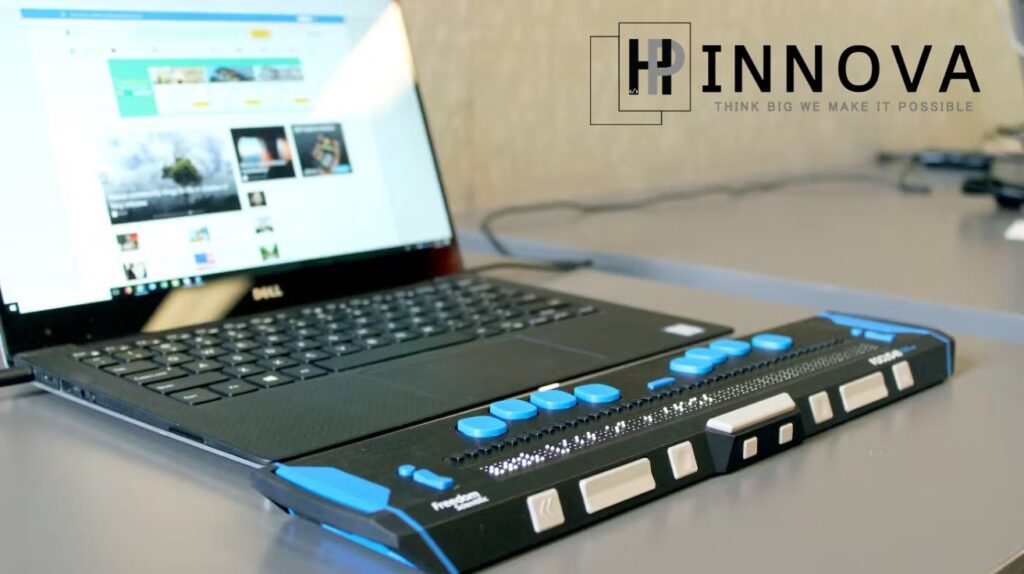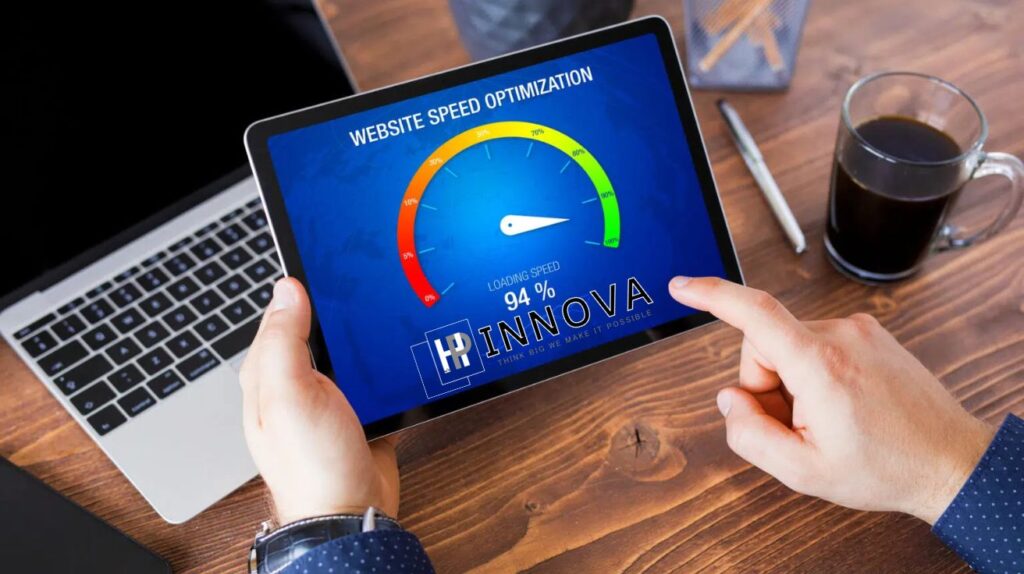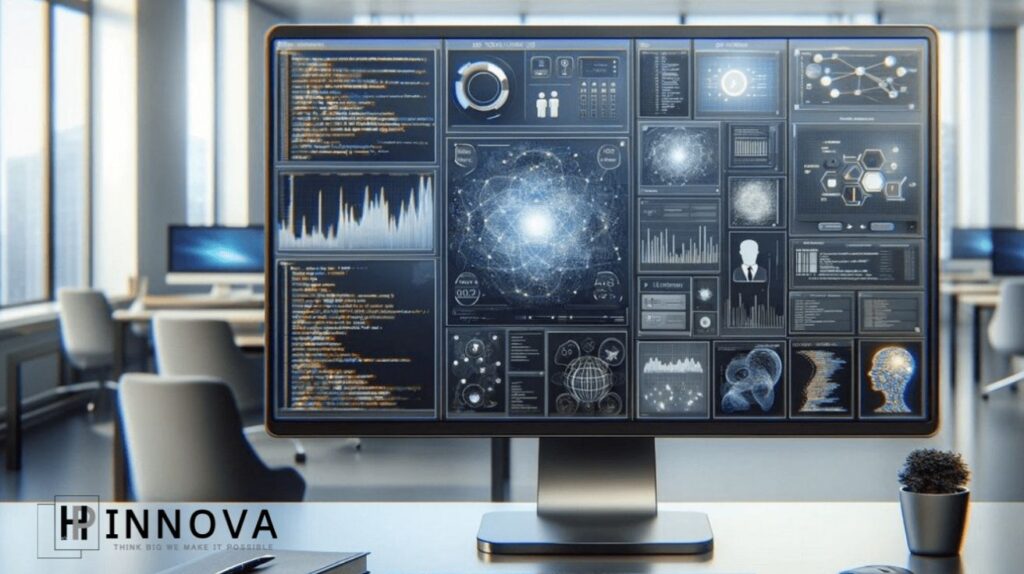Web Design is a constantly evolving field, with new trends emerging every year. As we approach 2025, businesses and designers are focusing on creating more engaging, accessible, and efficient websites. In this article, Hp Innova explore the top web design trends expected to dominate in 2025.
The Rise of Immersive Experiences in Web Design

1. Augmented Reality (AR) Integration
Augmented Reality (AR) is becoming more prevalent in web design. By integrating AR, websites can provide users with interactive experiences such as virtual try-ons for products, real-time space visualizations, and enhanced storytelling. AR helps create deeper engagement and a unique user experience.
2. 3D Visuals and Animations
High-quality 3D visuals and animations are no longer reserved for gaming and entertainment. Websites are leveraging 3D designs to make their interfaces more dynamic and visually appealing. These elements can create a sense of depth and interactivity, making websites stand out from competitors.
3. Immersive Scrolling Effects – Hp Innova
Parallax scrolling and horizontal scroll animations are set to remain popular. These effects guide users through content in a storytelling format, keeping them engaged for longer periods. Websites are using these techniques to craft unique and memorable user journeys.
Enhanced Accessibility and Inclusivity

4. Voice User Interfaces (VUI)
With the rise of smart devices and virtual assistants, websites are integrating voice-enabled interfaces. This feature allows users to navigate websites hands-free, enhancing accessibility for people with disabilities or those on the go.
5. Dark Mode and High-Contrast Designs
Dark mode continues to gain traction, not just for its aesthetic appeal but also for reducing eye strain. Similarly, high-contrast designs ensure that content remains readable for users with visual impairments.
6. Accessible Fonts and Layouts
Typography and layouts are becoming more inclusive. Designers are prioritizing readability by using larger font sizes, clear spacing, and simple navigation structures. These changes make websites easier to use for everyone.
Minimalism Meets Functionality

7. Clean and Simple Designs
Minimalism is not new, but it’s evolving. Websites in 2025 are expected to focus on clean, clutter-free designs that emphasize functionality. By reducing distractions, these designs make it easier for users to find what they need.
8. Micro-Interactions
Small animations, like buttons that change color when hovered over or subtle notifications, can make a website feel more interactive. These micro-interactions provide users with immediate feedback, enhancing their experience.
9. Neumorphism 2.0
Neumorphism combines skeuomorphism and flat design to create soft, tactile interfaces. In 2025, designers are expected to refine this trend to make interfaces that are visually appealing yet functional.
Sustainability and Performance Optimization

10. Sustainable Web Design
As environmental concerns grow, sustainable web design is gaining importance. Websites are being designed to consume less energy by optimizing code, reducing heavy visuals, and implementing green hosting solutions.
11. Faster Load Times
With the emphasis on user experience, websites in 2025 will prioritize fast load times. Designers will continue to optimize images, use lightweight frameworks, and employ advanced caching techniques to enhance performance.
12. Progressive Web Apps (PWAs)
Progressive Web Apps combine the best of websites and mobile apps. They offer fast, reliable, and engaging experiences while requiring fewer resources than traditional apps. PWAs are becoming a staple for modern web design.
Advanced Personalization In Web Design

13. AI-Driven Content Customization
Artificial Intelligence (AI) is playing a larger role in tailoring content to individual users. Websites can analyze user behavior to deliver personalized recommendations, layouts, and even adaptive interfaces.
14. Smart Chatbots
Chatbots are evolving to provide more human-like interactions. Equipped with advanced AI, these tools can handle complex queries, deliver personalized responses, and improve overall customer satisfaction.
15. Dynamic Content Based on User Behavior
Dynamic content changes based on a user’s location, preferences, or past interactions. This approach keeps websites relevant and engaging, increasing user retention and conversions.
Conclusion
The web design trends for 2025 reflect a shift towards creating more immersive, accessible, and efficient digital experiences. From AR and 3D visuals to AI-driven personalization and sustainable design, these trends highlight the importance of user-centric approaches. By adopting these trends, businesses can stay ahead of the curve and deliver exceptional online experiences to their audiences.

